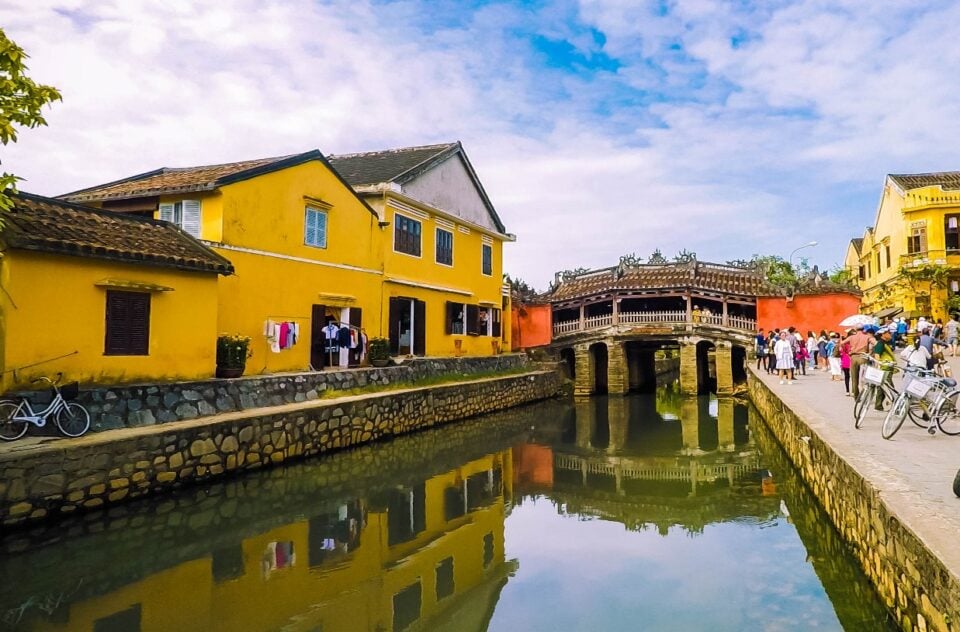The small city of Hoi An (Vietnam) is located in the central province of Quang Nam, on the north bank near the mouth of the Thu Bon River, 30 km from Da Nang.
Hoi An dates back more than 2,000 years, and in the 16th century it was known as the great port of the South China Sea and the commercial center of all of Southeast Asia.
Hoi An is located on the banks of the Thubon River, for which it is often called Venice. That’s just to ride gondolas here offer not inflated gondoliers, and colorful grandmothers-flip flops.
General information
Hoi An is now known as the Old City Museum, a UNESCO World Heritage Site since 1999.
It is an exceptionally well-preserved example of a small trading port that operated in the 15th and 19th centuries and traded extensively with both Southeast and East Asian countries, as well as the rest of the world. Its decline in the late 19th century meant that it largely retained its traditional urban lifestyle.
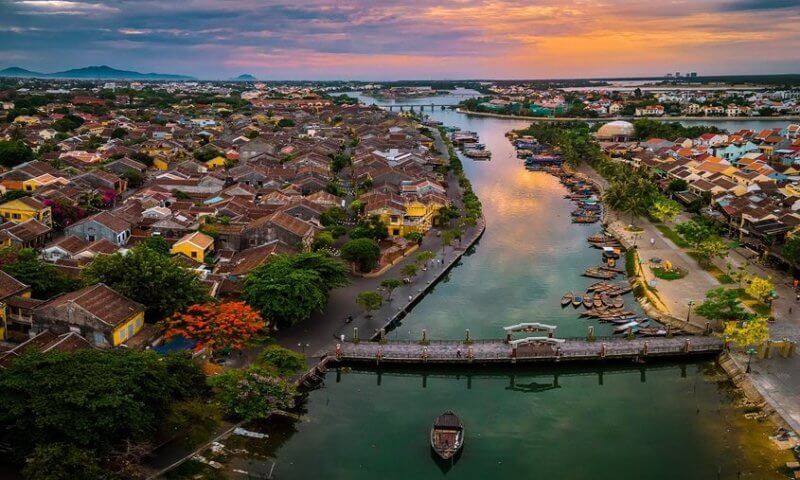
The city reflects the fusion of indigenous and foreign cultures (mostly Chinese and Japanese with later European influences) that have combined to create this unique survival.
Hoi An City in Vietnam is a well-preserved complex of 1,107 wood-frame buildings with brick or wooden walls, which includes architectural monuments, commercial and domestic structures, an outdoor market and ferry pier, as well as religious buildings such as pagodas and family houses of worship.
The houses are tiled and the wooden details are decorated with traditional motifs. They are lined up side by side in tight, continuous rows along narrow pedestrian streets. There is also a beautiful wooden Japanese bridge with an 18th-century pagoda on it. The original street plan, which was developed when the city became a port, has been preserved. It is a network of streets with one axis parallel to the river, and the other axis of streets and alleys located at right angles to it. Typically, the buildings face the street for easy customer access, while the back of the buildings faces the river, making it easy to load and unload goods from boats.
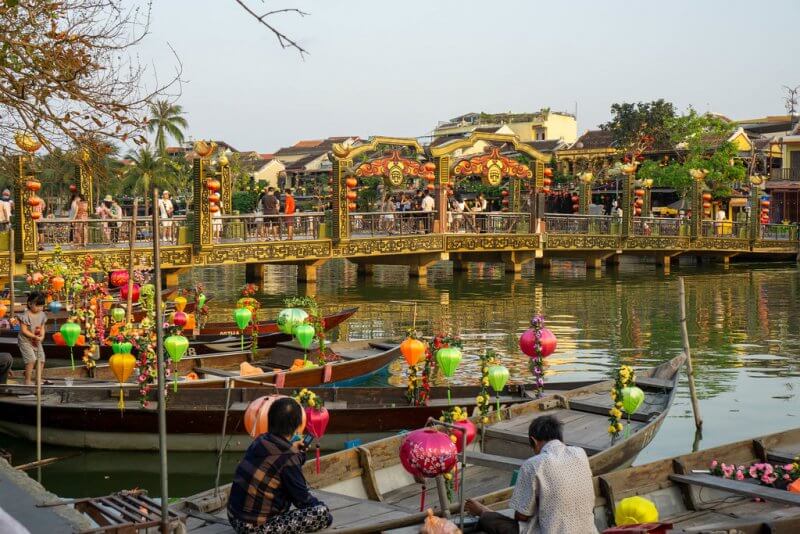
The preserved wooden buildings and street plan of Hoi An are original and intact, and together they represent a traditional urban landscape of the 17th and 18th centuries, preserved in a single copy in this region of Vietnam. The city still functions as a commercial port and trade center. A living heritage reflecting the diversity of the city’s indigenous communities, as well as foreigners, has also been preserved and continues to be passed on. The ancient city of Hoi an remains an exceptionally well-preserved example of a Far Eastern port.
Old Town attractions
The old part of the city is quite small, however, there is something to see here-many ancient buildings have been preserved without succumbing to the destructive effects of time.

Hoi An ancient city has preserved its traditional wooden architecture and urban landscape in terms of site size, materials, facade and roof line. Its original street plan has been preserved, with buildings facing the river, with the infrastructure of embankments, canals and bridges in their original form. The historical landscape also remains intact: the coastal environment — river, coast, dunes and islands.
Since most of the buildings were built of wood, they need to be repaired periodically, and so many buildings with basic structures from the 17th and 18th centuries were updated in the 19th century using traditional repair methods. Currently, there is no need to replace old buildings with new ones made of modern materials such as concrete and corrugated iron.
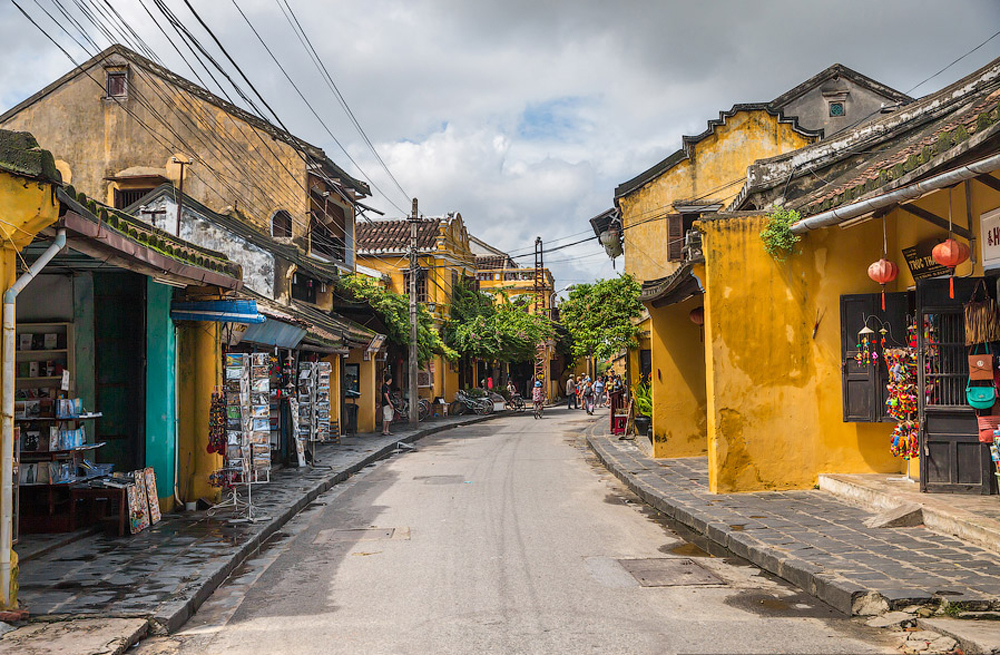
Every day, from 8:30 to 11:00 and from 15:00 to 21:30, the streets in the Old Town are closed, and vehicles cannot enter. The conditions for tourists and pedestrians who want to walk around the historical center are excellent.
To see the sights of Hoi An’s old town, you need to buy tickets-they are sold at the tourist information center and at kiosks installed at the entrance to the Old City.
Note! There are 22 attractions that you need to pay to visit, and the cost of a set of tickets for viewing any 6 is 120.000 VND. Although the tickets indicate that they are up-to-date for 24 hours, they do not have a date on them, so you can use them for several days.
By the way, you can get a map of Hoi An Old Town along with your tickets. Although it is impossible to get lost here, but it will be easier to figure out where the museum is, where the temple is, where the gallery is, and where it is just a shop – the whole point is that looking at the building from the street, you can not always understand this.
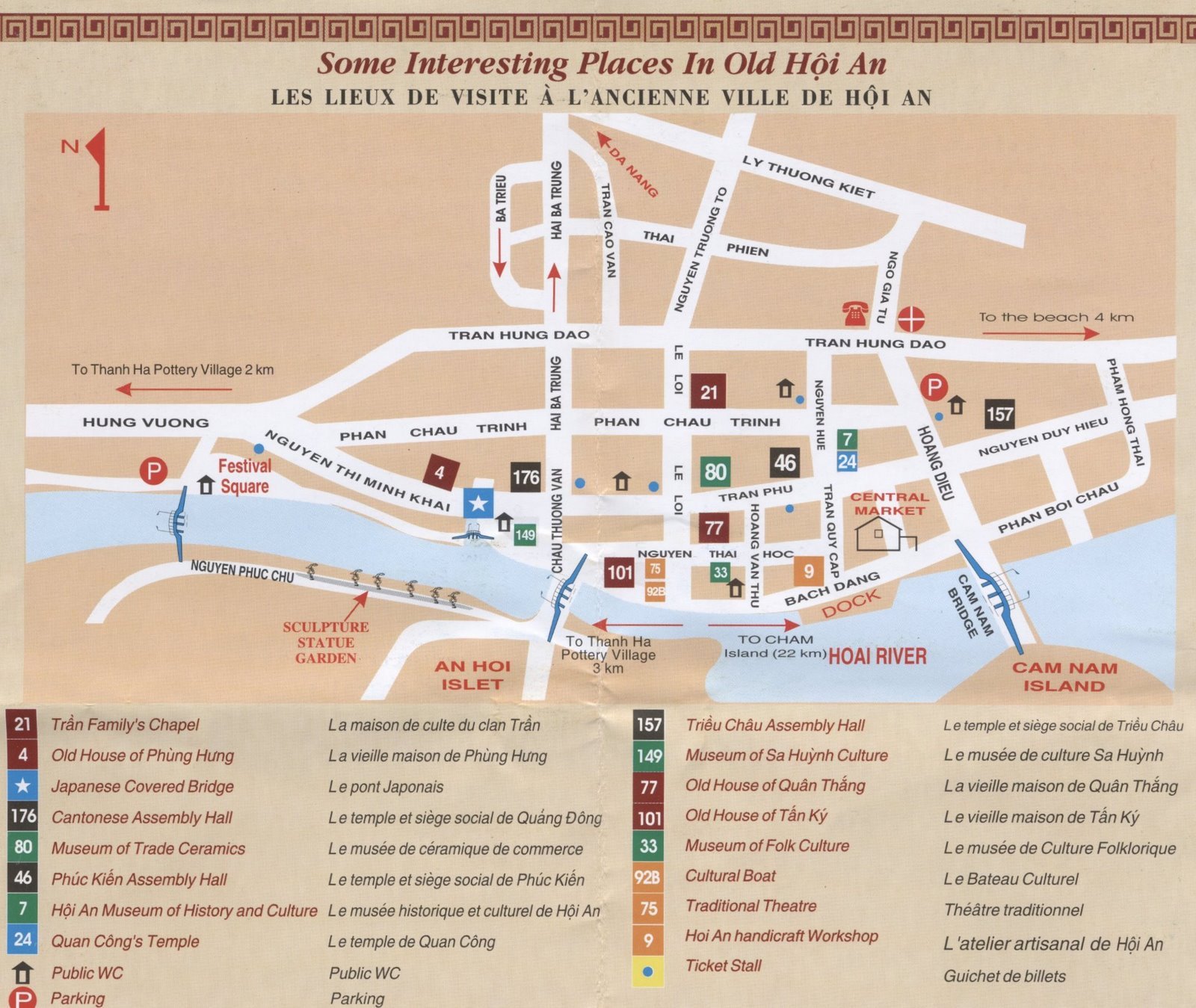
Tourists visiting Hoi An historical center are asked to show respect for the national culture and dress decently: men should wear a shirt, and women should wear long-sleeved clothing that covers their knees.
Japanese Covered Bridge
Walking around the Old Town, you can not help but see the Japanese Covered Bridge, which is almost the main local attraction. Cau Nhat Ban is recognized as a symbol of Hoi An, it is even depicted on the city’s coat of arms.
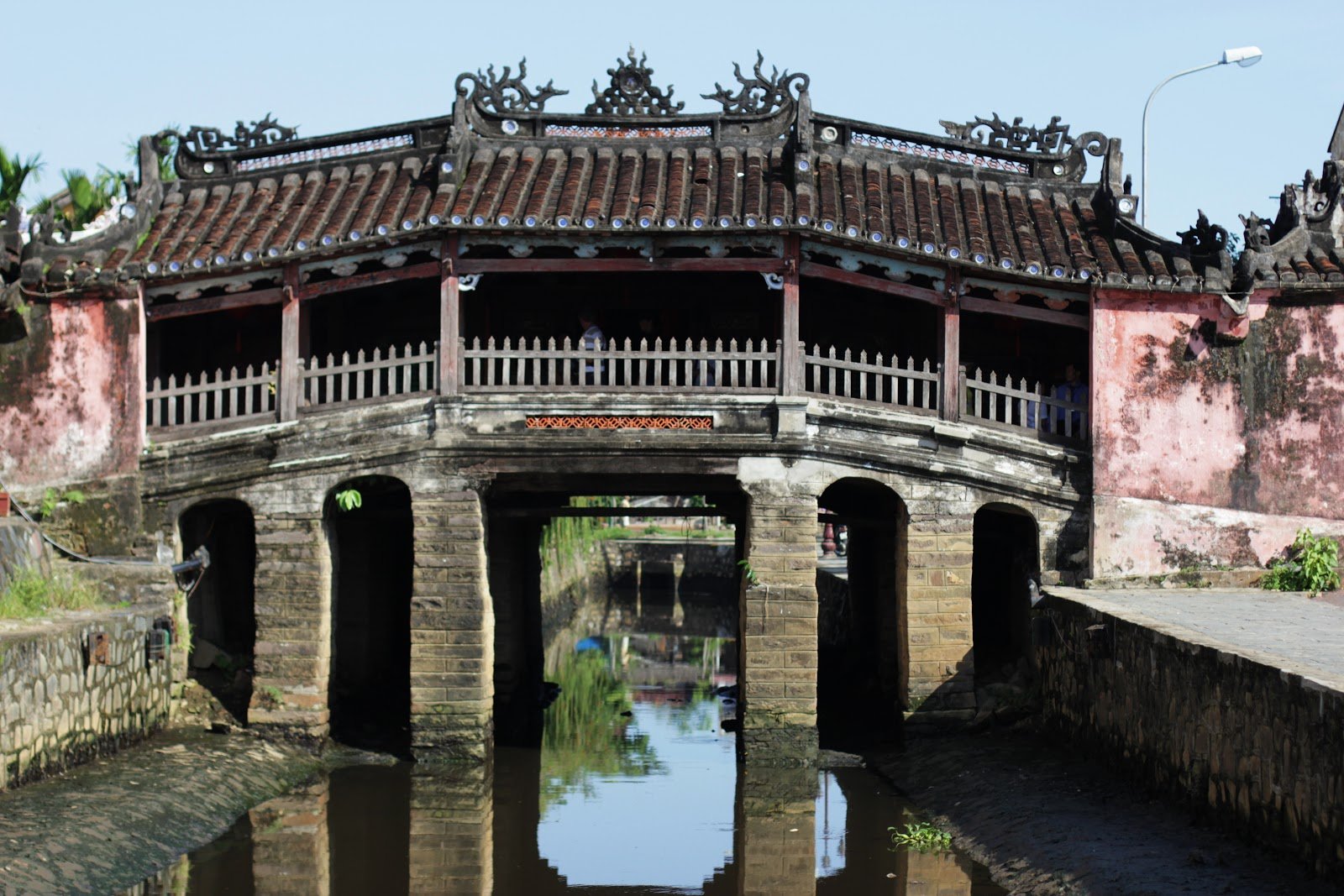
Back in 1593, this bridge was built by the Japanese living in Hoi An to connect the streets of Chan Phu and Nguyen Thi Minh Hai separated by the Thubon River.

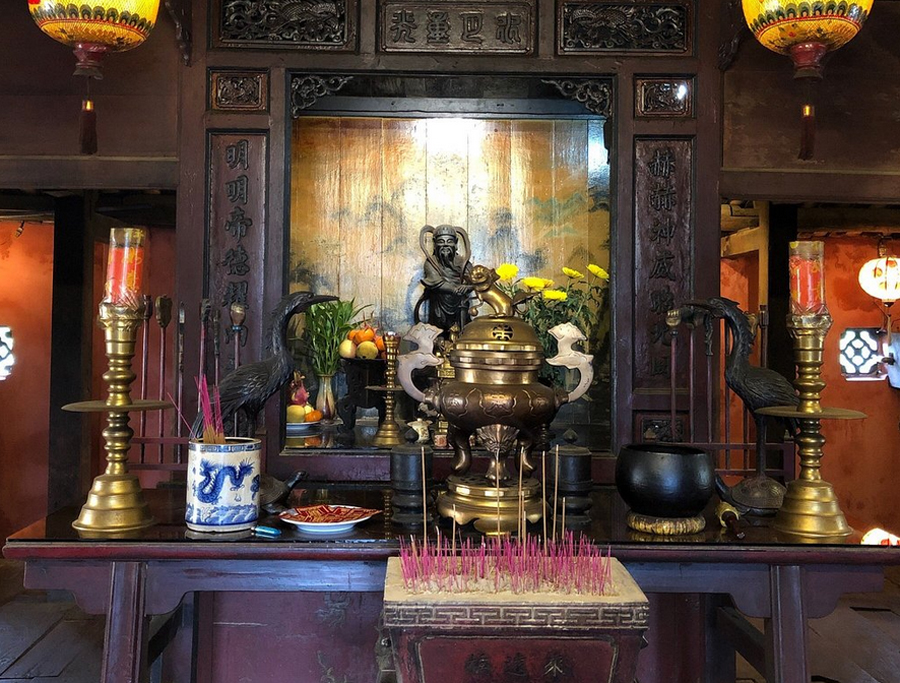
The Japanese bridge has the shape of an arch and reaches a length of 18 meters. Built of wood and tiles, it is distinguished by its unusual architecture: a maroon roof with exquisite carved patterns, a temple located right in the middle of the bridge, statues of a dog and a monkey standing at opposite ends of the bridge.
To pass through the Japanese Bridge, you need to give 1 ticket. To continue the walk further, you can return on the nearby bridge, and you do not need to pay for this anymore.
Quang Kong Temple
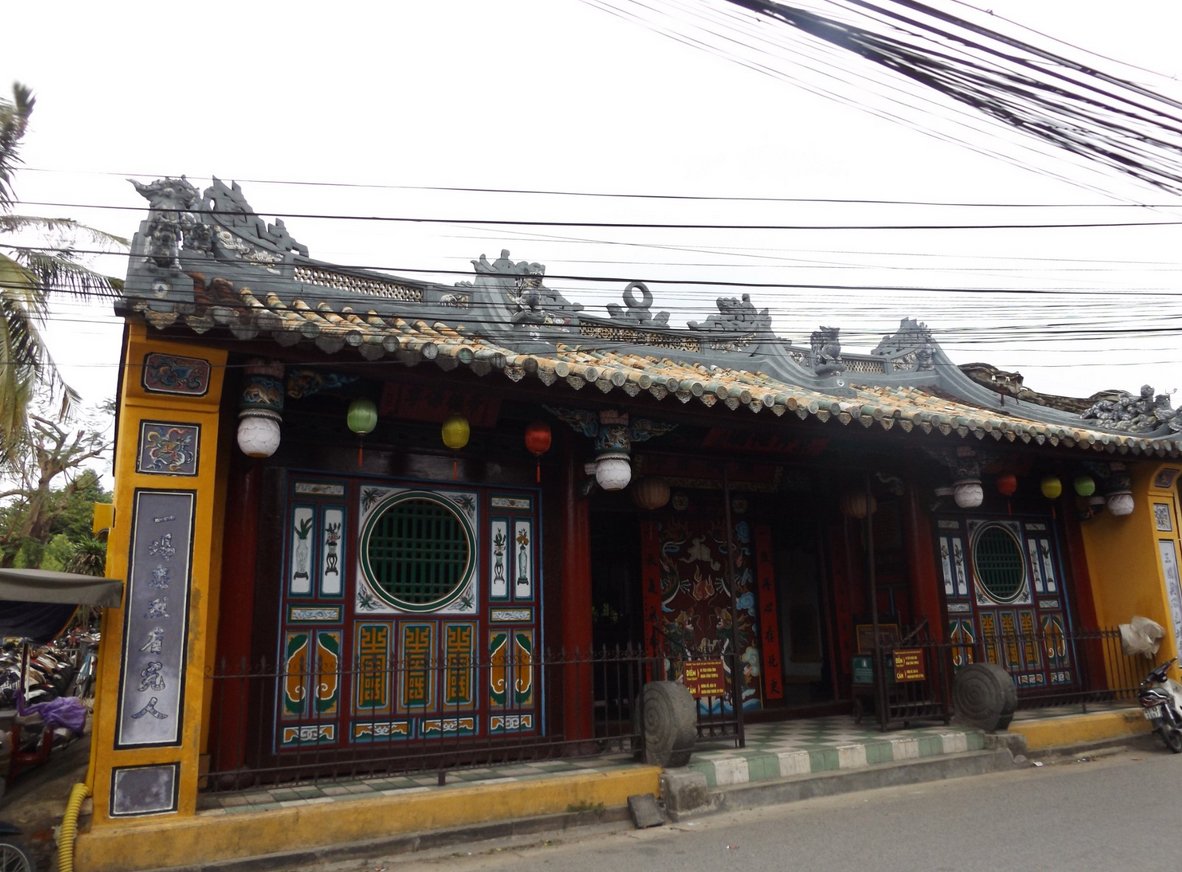
The current Kuan Kong Shrine is a must-see in Hoi an! It is located at 24 Chang Fu Street.
The temple is very ancient, it was built in 1653 by the Chinese, dedicated to the hero of folk myths Kuan Kong-his papier-mache statue, partially covered with gilding, is installed in the center of the sanctuary.
The roof gutters for rainwater drainage are very original – they are made in the form of carp, symbolizing endurance in Chinese mythology.
Please note! Before entering the temple, you need to take off your shoes – a special platform has been made for this purpose.
Fujian Chinese Community Meeting Hall
There are 5 Assembly Halls in the city, but Phuk Kien is the largest and most famous of them. Even if you look at the sights of Hoi An (Vietnam) in the photo, you can understand how beautiful the Meeting Hall of the Fujian Chinese community is.
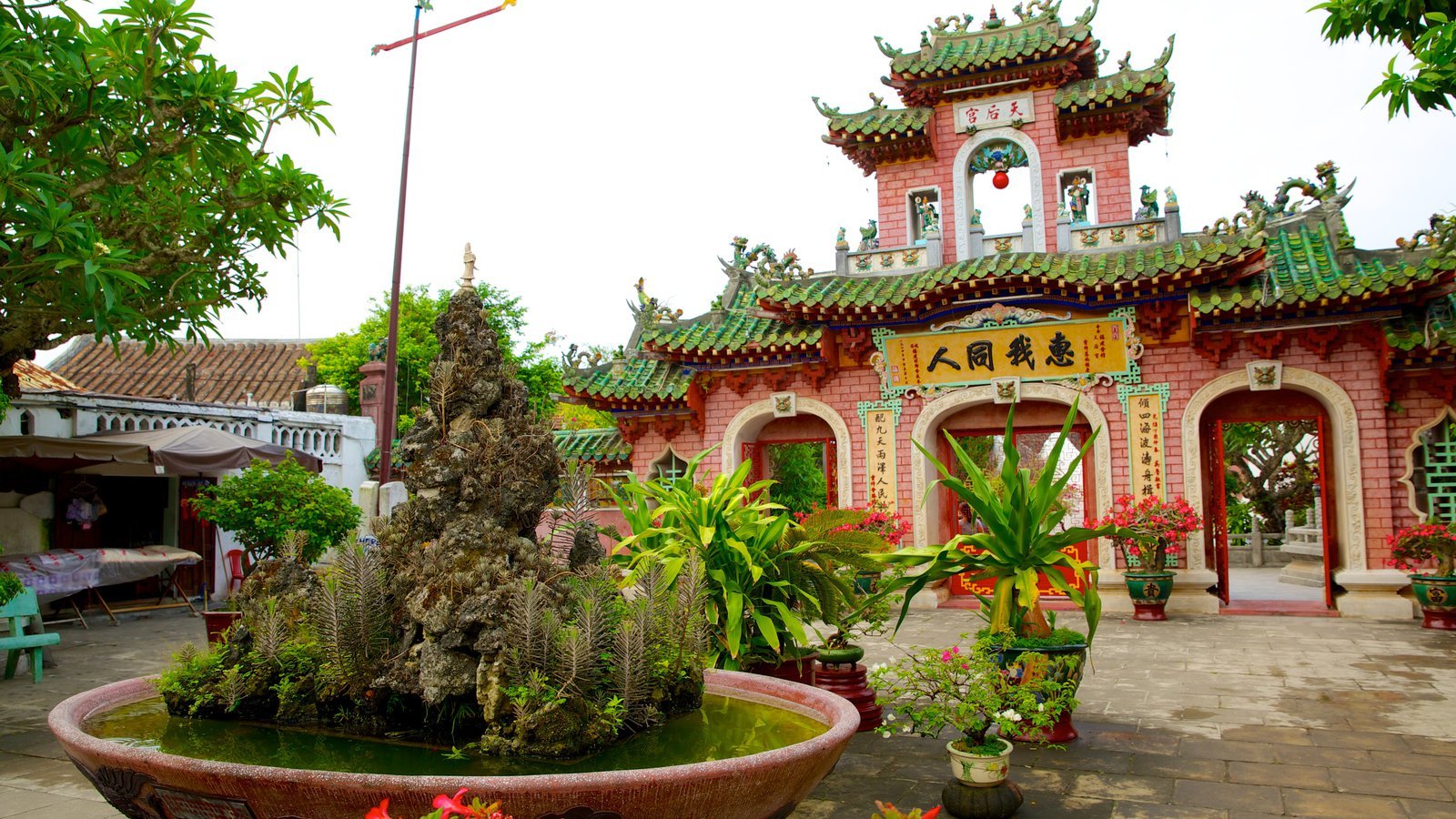
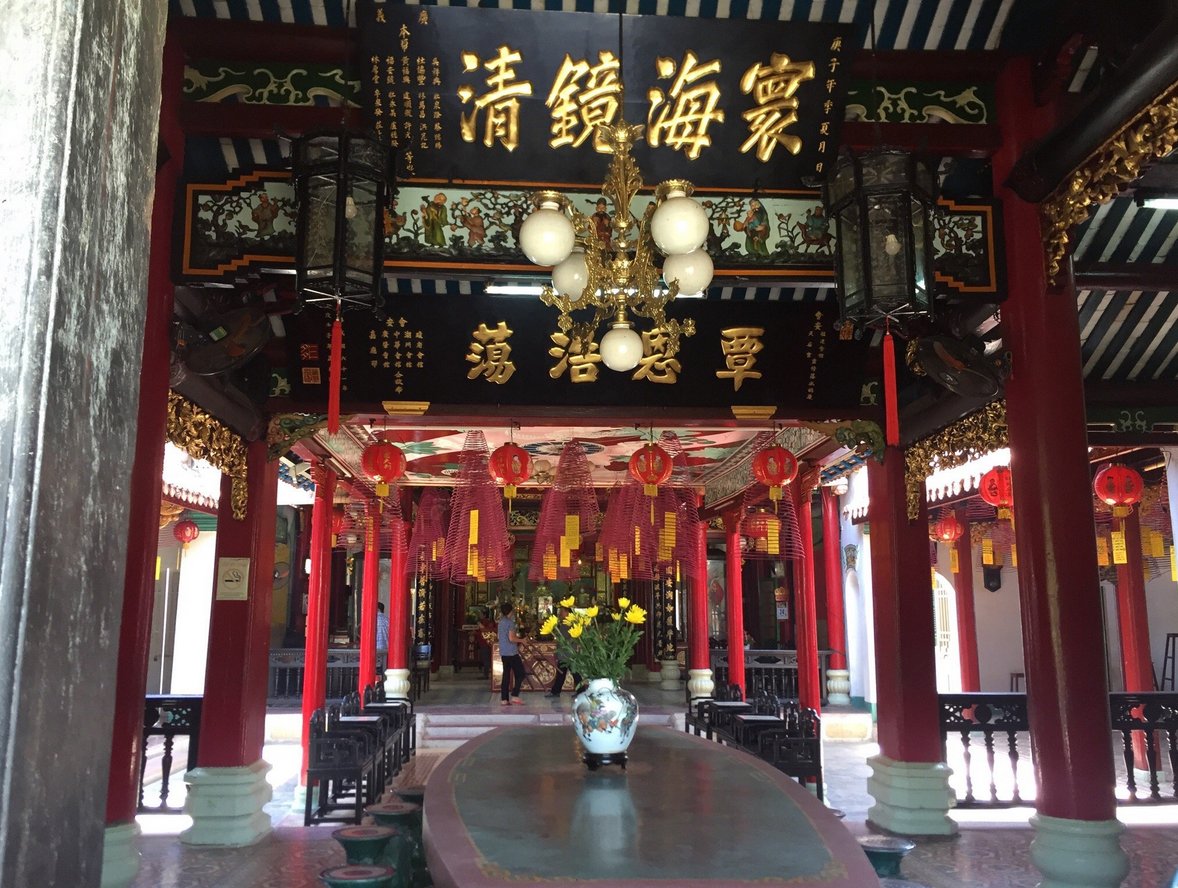
Having settled in Hoi an, the Chinese who arrived built Meeting Halls where they could pray to their gods and communicate, where they had the opportunity to preserve the traditions of their people. This building was built in the late 17th century by the Chinese from Fujian province.
The building has the form of a hieroglyph indicating the number “3”. On the territory of the spacious courtyard there are statues of Buddha and his disciples, there is a fountain decorated with animal figures. Most of the building is dedicated to the temple of the goddess of the sea, who protects fishermen and all those who travel by sea. The Hall has a large number of statues and bells made of bronze.
Interesting to know! As in most temples, here you can leave a note with a cherished wish. Once a year, the monks choose cards at random and all pray together for their wishes to be fulfilled.
What else is interesting about Hoi An
Here you can walk not only through the Old Town – in Hoi An (Vietnam) there are many attractions. There is always something to see not only in the city itself, but also near it.
Thuan Thien Island
Thuan Thien Island is located on the east side of Hoi An city center, accessible by bike or bike.

Thuan Thien is famous for its culinary tour, where tourists are taught how to prepare traditional Vietnamese cuisine.
On the island, you can also take a bike ride, discovering a lot of unusual things: cute fishing villages with houses on stilts, fishing from traditional round boats, unusual thickets of coconut palms on the water, spacious rice fields. In general, after wandering around the island, you can observe the natural, non-tourist life of the Vietnamese.
Night Market
In the evenings, many colorful lanterns are lit on the city streets, bridges and statues are illuminated. But the most interesting thing to watch at this time is the night market on Nguyen Hoang Street.
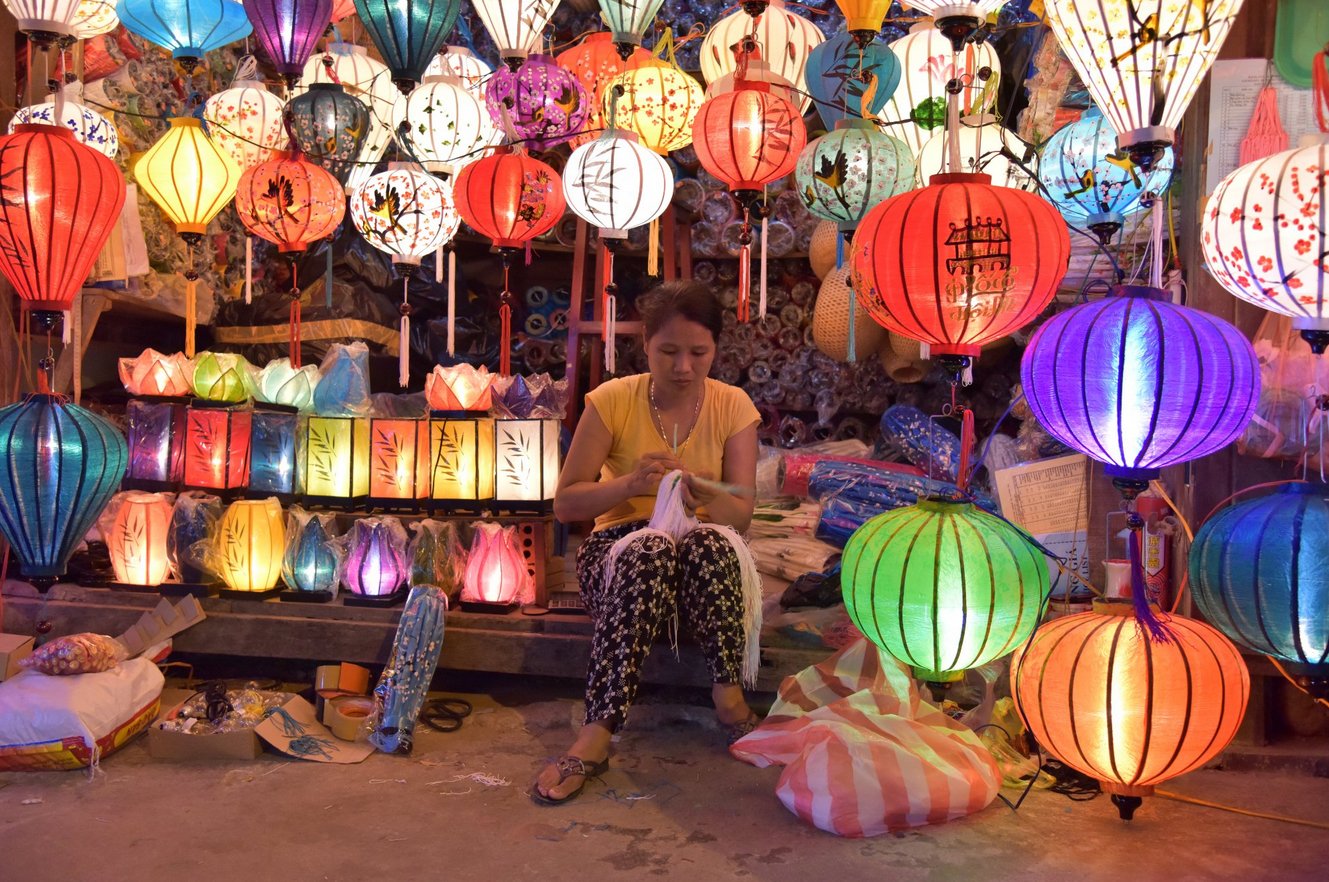
It opens around 17: 00 and runs until 23: 00, when the river Khoi does not fall shimmering twilight.

The main thing that sets this market apart from all other Asian markets is the huge range of silk and paper flower lanterns that sellers make here. These items cost no more than $1, you can buy them in memory of the trip, or you can light a candle in them and run along the river for luck.
The night market is a great chance to buy colorful souvenirs, interesting handicrafts, high-quality textiles and silk. As in any Asian market, you should definitely bargain, as sellers immediately call double the price!

There are also Vietnamese makashnitsy serving famous local dishes. Food can be purchased at these prices (VND):
- Cao Lau noodles – 30.000;
- Vietnamese beef soup Pho Bo – 35.000;
- 10 small pork skewers – 60,000 rubles;
- fried rice with chicken – 50,000 rubles;
- fried spring rolls – 35.000 rubles.
Tourists often come here not only for shopping, but simply to take a walk, admire the view of the river, and see products in souvenir shops.
Marble Mountains
The Marble Mountains from Hoi An attract tourists in whole groups, as this attraction, located 7 km from Da Nang, is the most popular in the area.
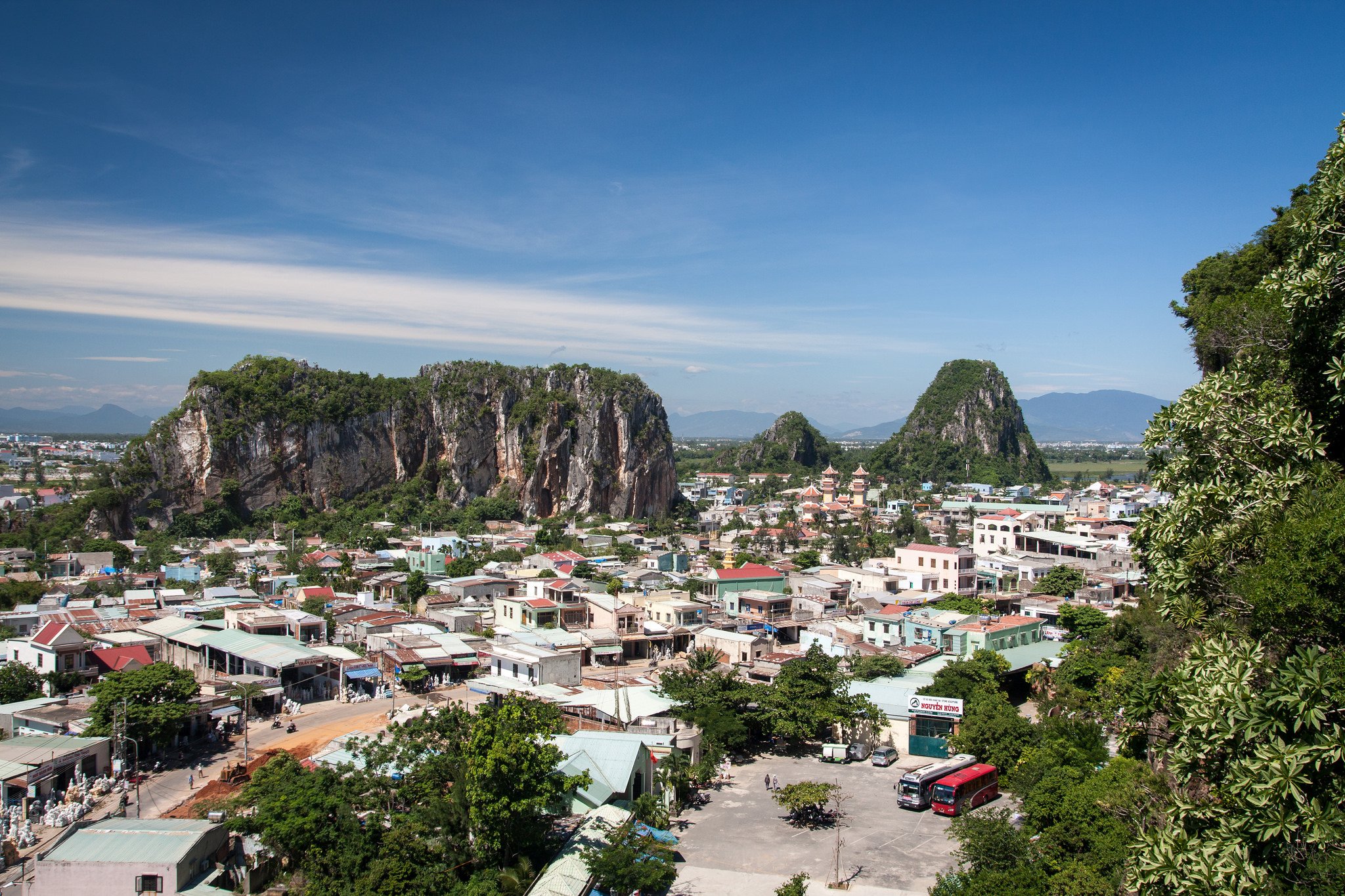
Marble mountains are several hills in the middle of a field, covered with thickets of trees, shrubs and cacti. And they are marble because once marble was mined here, but now they only sell souvenirs from it.
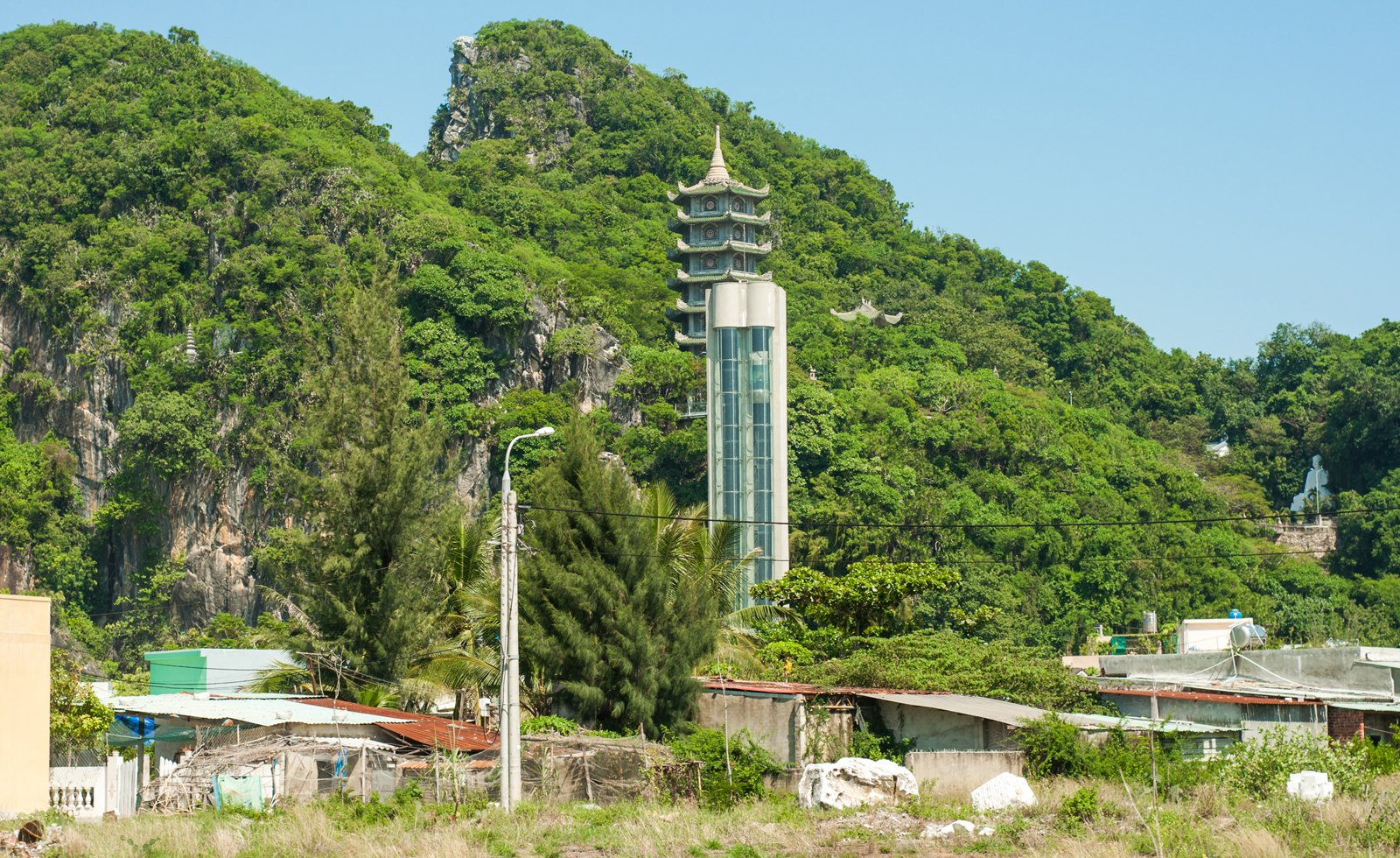
On the biggest mountain, everything is designed for excursions: signposts, fenced paths, stone-hewn stairs, benches for relaxing, a spacious elevator for climbing to the top. There are many caves in this mountain – the largest of them, where the floors are tiled and there is lighting – are Buddhist temples with Buddha statues.

Impressive is the Am Phu Cave, which is a symbol of hell and heaven. Immediately at the entrance to the cave, the descent to “hell” begins, and the images there are so realistic that it is better not to take children for inspection. A steep staircase leads from Hell to Paradise, where you can enjoy the surrounding area from an equipped observation deck.
There are a large number of pagodas on this mountain, the most famous one, Tamthai, was built in 1825.
- The Marble Mountains Complex is open to the public from 7: 00 to 17: 30.
- The entrance fee to the territory is 40.000 VND.
- Tickets to Am Phu Cave and ThyY SnN Mountain Caves cost an additional VND 20,000, one — way elevator ride costs 55,000, and parking costs 10,000.
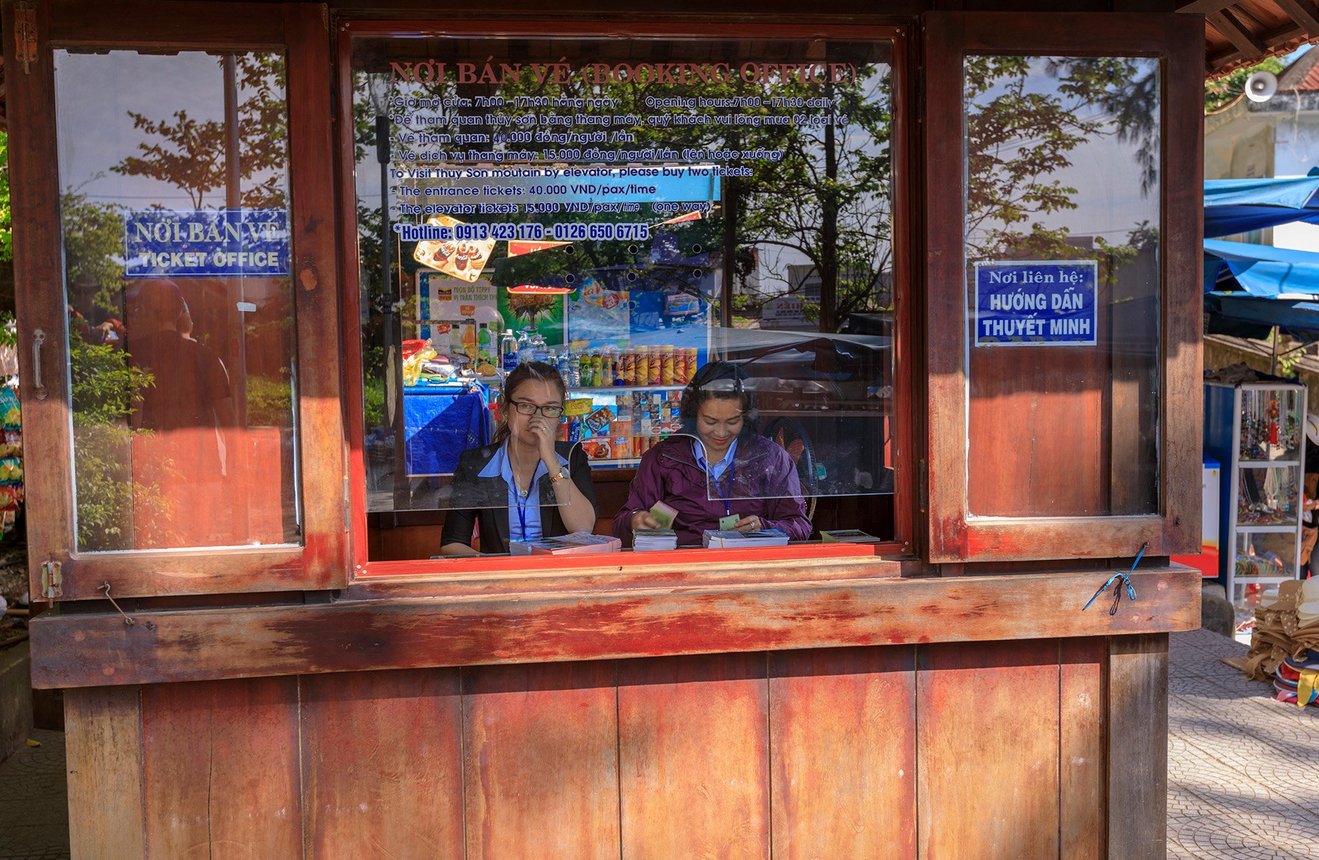
You can see the Marble Mountains by buying an excursion from a travel agency for $20-30, but it is better to make an independent trip. The Hoi An – Da Nang bus, which departs from Hoi An North Bus Terminal, is a great way to get to the Marble Mountains from Hoi An on your own. You need to go to the Marble Mountains stop, from which you can walk 5 minutes towards the sea.
You can get to the attraction on a rented bike. Traffic on the road is relatively quiet, and it takes only 15-20 minutes to reach the mountains from Hoi an. There is no bike parking, but you can park it for free at any cafe or store.
The marble mountains near Hoi An partially resemble the mountains in Halong Bay — a unique attraction in Vietnam.
Hoi An Beaches
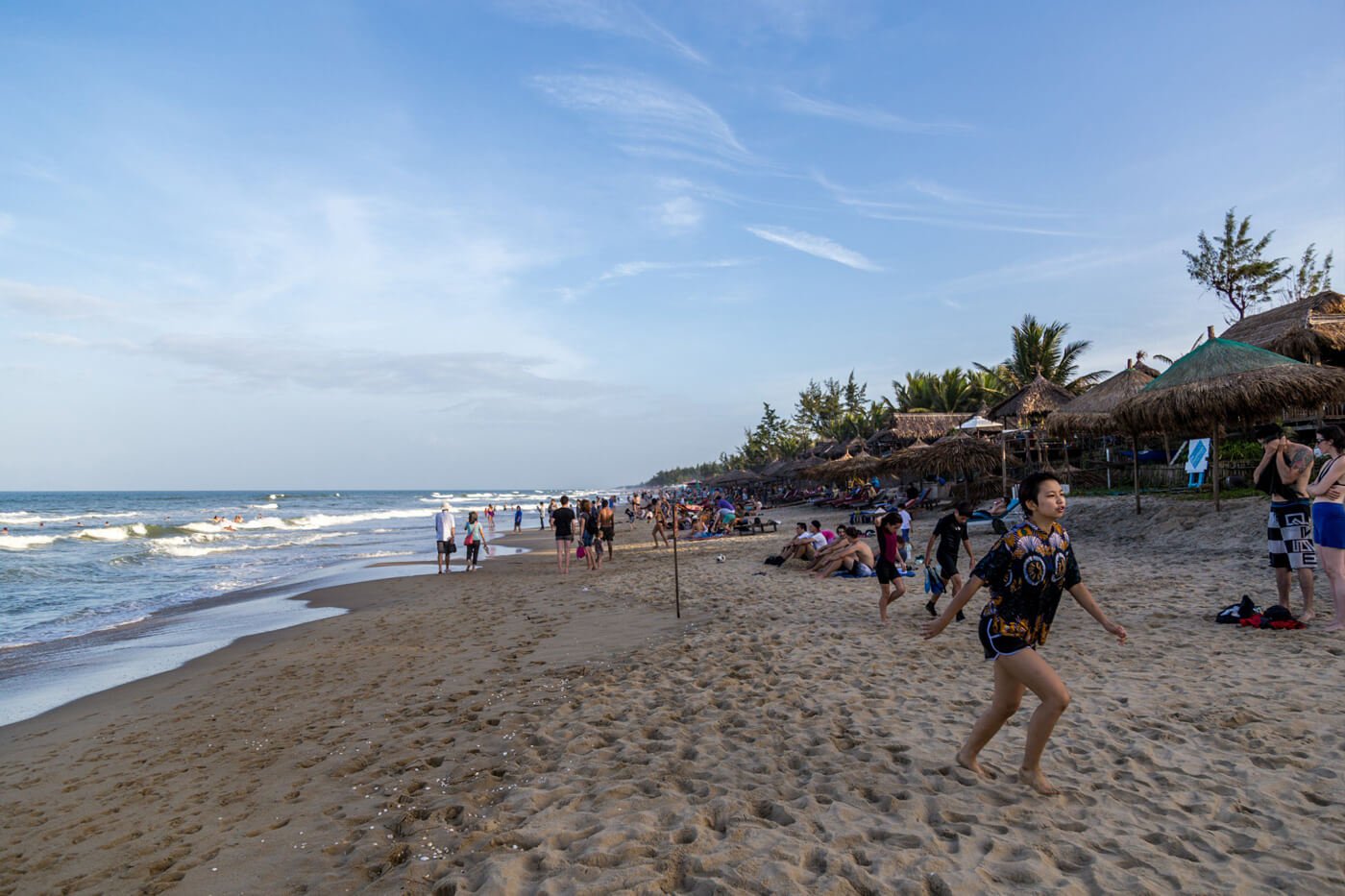
Tourists come to Hoi an not only for the sights of the Old City, but also for a seaside holiday. There are few people on the local beaches, it is quiet and peaceful, only on holidays and weekends Vietnamese people gather on the coast.
Hoi An has 2 beaches: An Bang Beach and Cua Da Beach, but there is no clear border between them. The beach is quite crowded in the center and completely empty on the outskirts, but it is equally comfortable everywhere. In the central part, the entrance to the water is very gentle – you need to go a long way to the depth where you can swim. That is why it is good to relax with children here. In this part there are restaurants with a variety of food and shops, Parking is equipped.
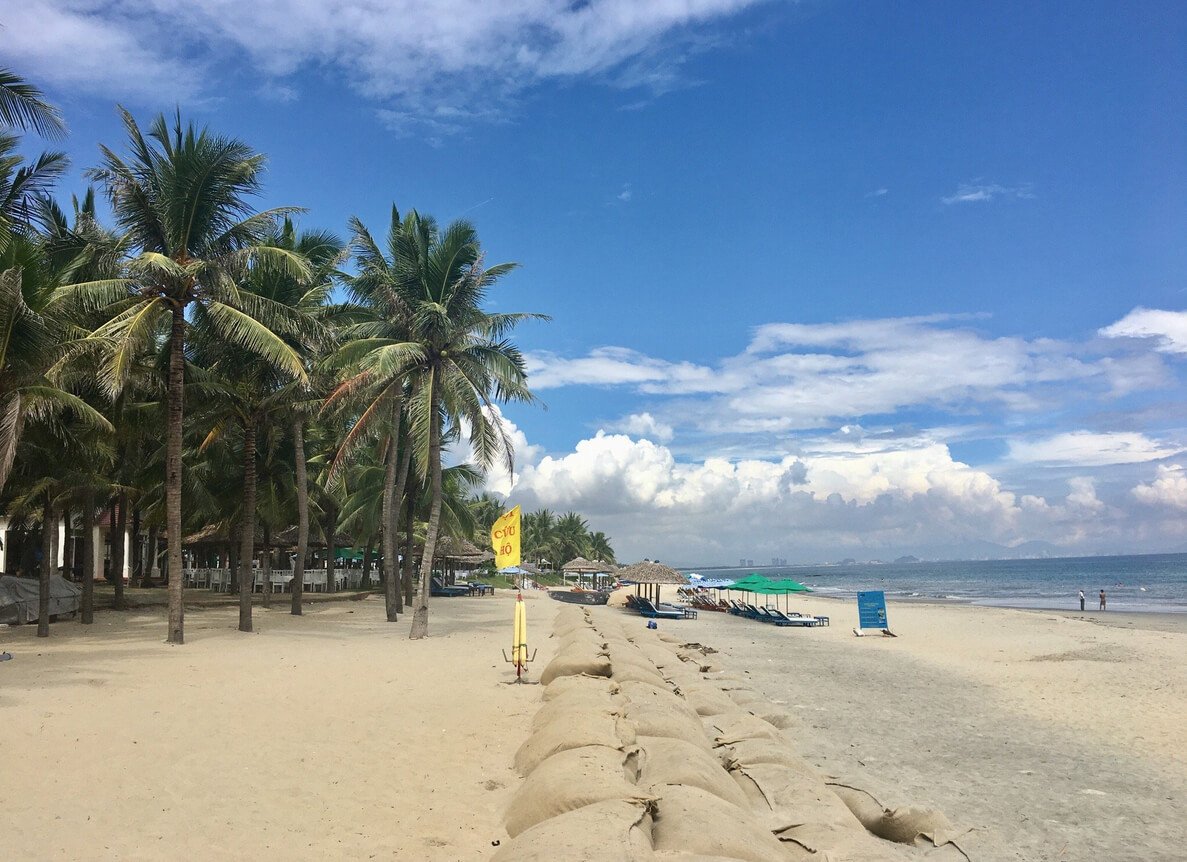
On the beaches, it is possible to rent sun beds and umbrellas for the whole day for VND 50,000, but if you buy something in a nearby cafe or restaurant, you can get a sunbed for free. There is a parking lot, the fee for leaving a bicycle or bike is 20.000 VND. If you do not want to pay for parking and do not need sun beds with umbrellas, you can go to the undeveloped areas of the beach.
From the standard entertainment options available to tourists::

- jet skiing;
- skydiving;
- banana boat ride.
The beaches are located at a distance of 4-5 km from the Old Town, and you can get to them:
- on foot – this is only convenient if the accommodation is located near the beach, otherwise the road takes a long time;
- by taxi-according to the meter, the fare from the center will be about $3;
- by bike – it takes up to 20 minutes to get from the center;
- on a bike-this is the best option.
How to get around the city
To take a walk around the Old Town, tourists sometimes choose a bicycle rickshaw. For a 10-minute trip, you will have to pay 60,000 Vietnamese money.
For moving to longer distances, it is suitable:
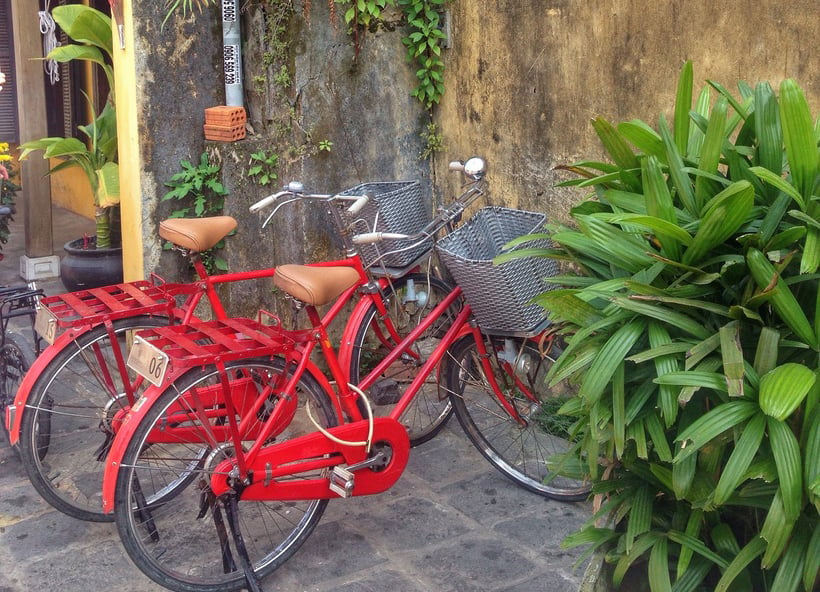
- Bicycle. In Hoi an, almost all local residents use this transport. In tourist offices, bicycles can be rented for $1-3 per day, and some hotels provide their guests with bicycles for free. Car traffic in Hoi an is minimal and there are almost no traffic lights – this is an ideal area for this type of transport.
- Bike. You can rent a bike for $6-10 per day, and in most cases you don’t need a deposit. Motobike is convenient to move around the city, and for country trips it often becomes indispensable.
- Taxi. In Vietnam, a taxi is inexpensive, but the driver immediately needs to be told that you will go according to the meter.
- A rented car. This is not a good idea. To rent a car, you will need a temporary Vietnamese license (they can be issued on the spot), since international ones are invalid here. Car rental prices start at $25 per day, and if you rent a car with a driver, they will be much higher. You can rent a car at a travel agency or hotel, or you can arrange a rental in advance on the aggregator website.
Hoi An Restaurants

Vietnam is a true paradise for lovers of delicious and healthy food. The food in Hoi an, like in Vietnam in general, is very healthy: fresh fruits and vegetables are plentiful, and seafood is no less plentiful. Almost all establishments offer vegetarian and vegan options.
In Hoi an, there are many places where you can eat delicious and satisfying tcnm, and the pricing policy is quite diverse. A large number of restaurants are located along the beach strip, the food there is delicious, although the prices for Vietnam are quite high (in dong):
- steak with side dish – 200,000 rubles;
- stuffed baguettes/ panini — 90.000;
- rice / noodles with seafood — 120.000;
- seafood (crabs, mussels, squid, shrimp, fish – – 220.000;
- salads – 100.000;
- soup – 100.000;
- juice – 50,000 rubles;
- beer-from 50,000 rubles.
In the restaurants of the Old Town prices are mostly more modest:

- soups – 80.000;
- baguettes/panini — 70,000;
- shrimp – from 100,000 to 150,000;
- fried rice with vegetables and beef – 80-100. 000;
- draft beer-from 20.000 rubles;
- bottled beer-from 40,000 rubles.
How to get to Hoi An from Nha Trang
By bus
The best way to get from Nha Trang to Hoi An is to take a bus. The journey time is 12 hours, and since the buses in Vietnam are good, the trip is quite comfortable. Tickets cost around VND 220,000, but during long holidays the price increases by 20-50 %. It is better to buy tickets in advance, especially if the trip is planned for weekends or holidays.

Transportation is carried out by Futabus companies (futabus.vn), The Sinh Tourist (www.thesinhtourist.vn). You can view the current traffic schedule and ticket price on these sites.
By taxi
You can take a taxi by booking a car at one of the tourist offices (English-speaking). Prices in all offices are different, you should definitely ask and choose the most suitable option. You can also order a taxi online. If there are a lot of people going, then it makes sense to order a minibus, it will be more profitable.
By plane
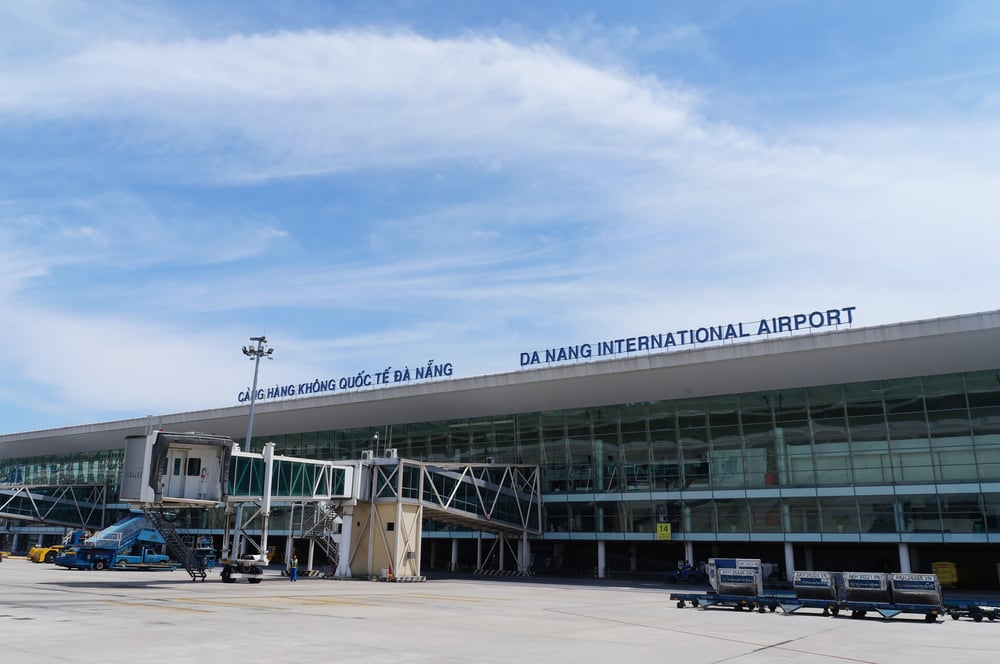
Hoi An can be reached by plane from Nha Trang. There is a direct flight Vietnam Airlines, the ticket in this case will cost about $60, the flight lasts 1 hour. There are flights from VietJet or Jetstar, in this case you need to make a transfer in Ho Chi Minh City – it will take 4-6 hours in time, and it will cost about $150 in money. Planes land in Da Nang, from there you can take a taxi or take the Da Nang – Hoi An bus, which departs from the city’s bus station.
When is the best time to visit Hoi An
In Vietnam, and Hoi An is no exception, it is customary to distinguish between the dry season and the rainy season.
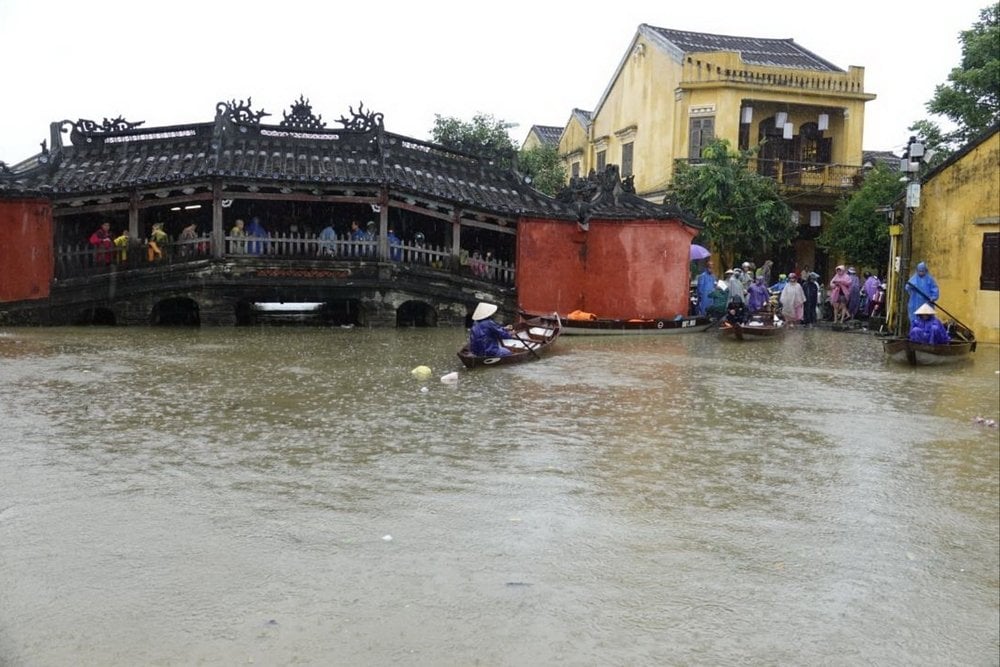
The rainy season lasts from September to early January. The greatest amount of precipitation falls in October-November – at this time heavy rains pour, typhoons can occur, and floods often occur.
The dry season starts in January and ends in August. This period is considered optimal for a trip to Hoi An (Vietnam). For an excursion tour, the best time is from January to April, when the temperature is still quite comfortable, and walking will be easy and pleasant. For a beach holiday, it is better to come in the period from June to August, when the sea is already well warmed up, and you can swim.
Interesting facts
- The Japanese covered bridge is depicted on a 20.000 VND bill.
- Hoi an has more than 11 hundred buildings of historical significance.
- More than 100 festivals are held in this city of Vietnam throughout the year.
- Local authorities are trying to make Hoi an an eco-friendly city, so they promote cycling as a means of transportation. In total, there are more than 100 thousand bicycles on the streets of the settlement.
What to Eat in Vietnam: Authentic Dishes to Try

